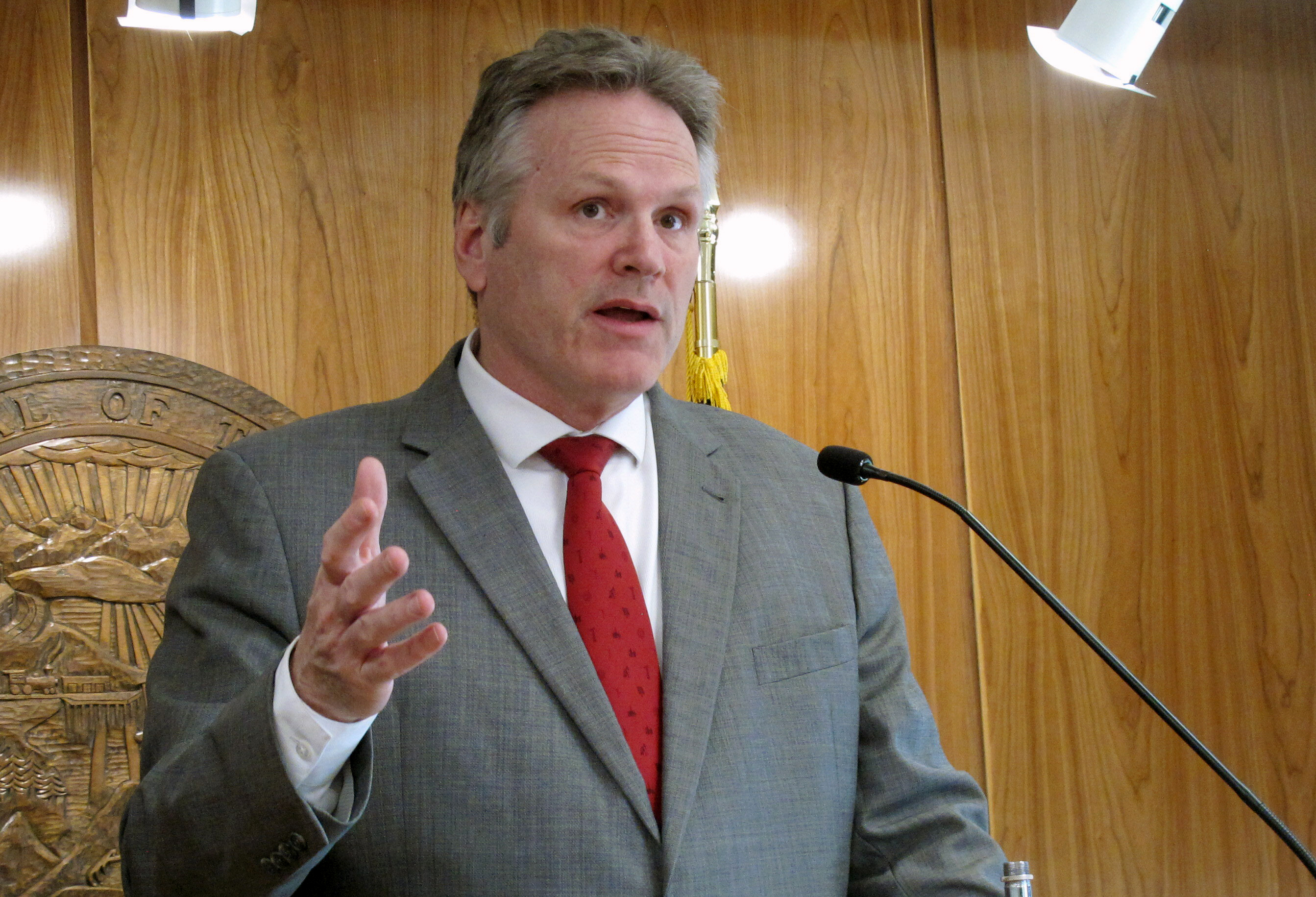In a state where the wilderness is vast and the cities are sparse, the struggle for disability rights is a battle against indifference. Alaskans with disabilities are facing systemic barriers that not only infringe upon their rights but threaten their very existence. Recent findings have revealed that Alaska’s compliance with the Americans with Disabilities Act (ADA) is plagued by neglect and inefficiency, jeopardizing the lives of countless individuals.
Systemic Failures in Accessibility
According to the Alaska ADA Coordinator, Administrative Orders 129 and 262 were designed to ensure that individuals with disabilities have equal access to state facilities and services. Yet, in practice, these policies have fallen woefully short. Many public buildings remain inaccessible, and the lack of proper resources to implement necessary changes has created a culture of exclusion. This is not just a bureaucratic failure; it is a moral one that has serious implications for the lives of Alaskans.
Government Inaction and Public Health
The consequences of this negligence extend beyond inconvenience. Public health officials have documented alarming rates of mental health decline among disabled Alaskans who cannot access essential services. As reported by the U.S. Attorney’s Office for Alaska, this lack of accessibility can lead to increased isolation and a deterioration of physical health. In a state where distance can mean life or death, the failure to provide equitable access to healthcare exacerbates an already precarious situation.

Alaska Gov. Mike Dunleavy endorses Donald Trump - POLITICO
Economic Implications of Disability Access Failures
Economically, the barriers faced by individuals with disabilities are staggering. The Alaska Department of Administration highlights that the absence of accessible facilities limits employment opportunities for disabled citizens, contributing to a cycle of poverty. Each year, the state loses millions in potential productivity, not to mention the emotional toll on families that struggle to support disabled members who cannot find work or access vital services.
Community Response and Advocacy Efforts
Grassroots organizations are stepping up where the state has failed. Community advocates are rallying to demand action, calling for robust enforcement of ADA compliance. Initiatives like the Alaska Federal Lands Access Program represent a crucial step toward addressing these disparities, yet they remain underfunded and underutilized. Current proposals for increased funding must prioritize accessibility to ensure that all Alaskans can participate fully in society.

"50501 Movement" gain nationwide support
The Role of Public Awareness
Public awareness is essential in this fight for justice. Many Alaskans are unaware of the extent of the accessibility crisis. Education campaigns and advocacy for disability rights must be amplified, emphasizing that access is not just a privilege but a fundamental human right. The intersection of disability rights and civil rights is critical in framing these discussions, as the fight for equity and justice must include the most marginalized among us.








